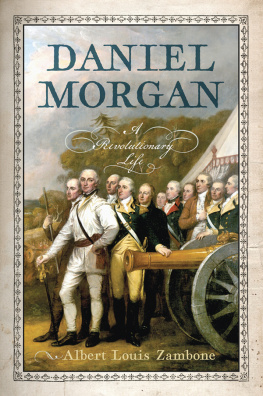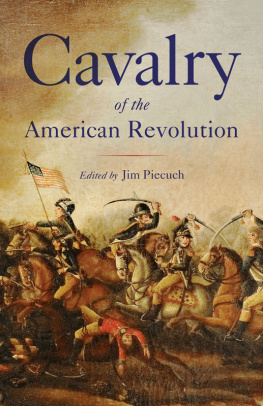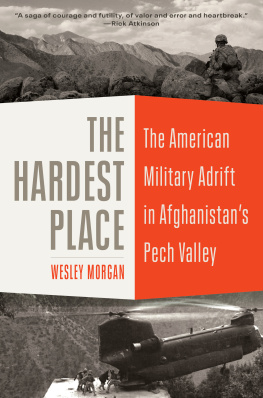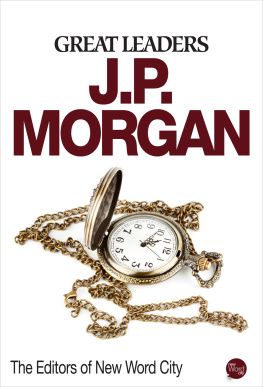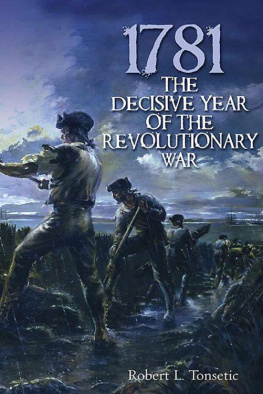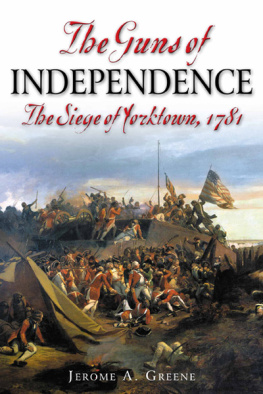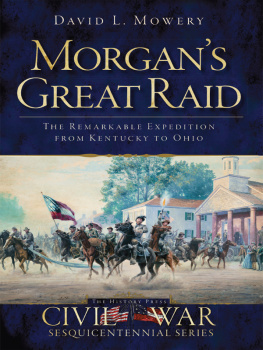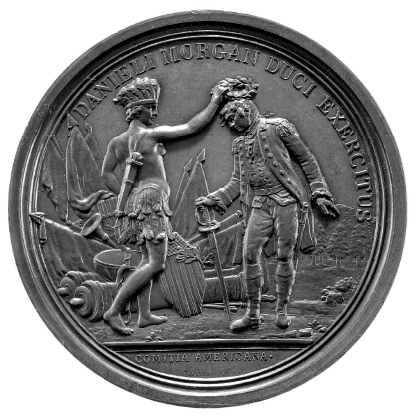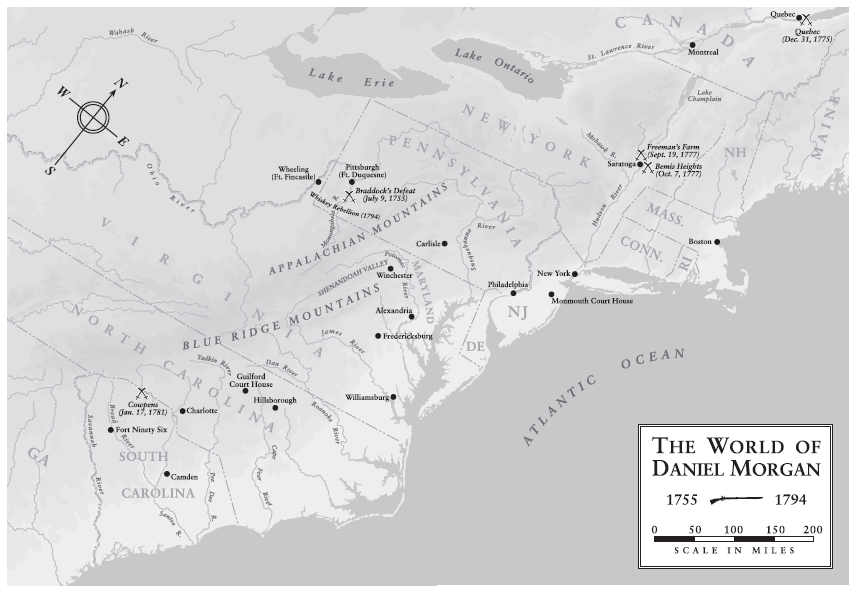Albert Louis Zambone - Daniel Morgan: A Revolutionary Life
Here you can read online Albert Louis Zambone - Daniel Morgan: A Revolutionary Life full text of the book (entire story) in english for free. Download pdf and epub, get meaning, cover and reviews about this ebook. year: 2018, publisher: Westholme Publishing, genre: History. Description of the work, (preface) as well as reviews are available. Best literature library LitArk.com created for fans of good reading and offers a wide selection of genres:
Romance novel
Science fiction
Adventure
Detective
Science
History
Home and family
Prose
Art
Politics
Computer
Non-fiction
Religion
Business
Children
Humor
Choose a favorite category and find really read worthwhile books. Enjoy immersion in the world of imagination, feel the emotions of the characters or learn something new for yourself, make an fascinating discovery.
- Book:Daniel Morgan: A Revolutionary Life
- Author:
- Publisher:Westholme Publishing
- Genre:
- Year:2018
- Rating:5 / 5
- Favourites:Add to favourites
- Your mark:
Daniel Morgan: A Revolutionary Life: summary, description and annotation
We offer to read an annotation, description, summary or preface (depends on what the author of the book "Daniel Morgan: A Revolutionary Life" wrote himself). If you haven't found the necessary information about the book — write in the comments, we will try to find it.
A Major New Biography of a Man of Humble Origins Who Became One of the Great Military Leaders of the American Revolution
On January 17, 1781, at Cowpens, South Carolina, the notorious British cavalry officer Banastre Tarleton and his legion had been destroyed along with the cream of Lord Cornwalliss troops. The man who planned and executed this stunning American victory was Daniel Morgan. Once a barely literate backcountry laborer, Morgan now stood at the pinnacle of American martial success. Born in New Jersey in 1736, he left home at seventeen and found himself in Virginias Shenandoah Valley. There he worked in mills and as a teamster, and was recruited for Braddocks disas trous expedition to take Fort Duquesne from the French in 1755. When George Washington called for troops to join him at the siege of Boston in 1775, Morgan organized a select group of riflemen and headed north. From that moment on, Morgans presence made an immediate impact on the battlefield and on his superiors. Washington soon recognized Morgans leadership and tactical abilities. When Morgans troops blocked the British retreat at Saratoga in 1777, ensuring an American victory, he received accolades from across the colonies.
In Daniel Morgan: A Revolutionary Life, the first biogra phy of this iconic figure in forty years, historian Albert Louis Zambone presents Morgan as the quintessential American everyman, who rose through his own dogged determination from poverty and obscurity to become one of the great battlefield commanders in American history. Using social history and other advances in the discipline that had not been available to earlier biographers, the author provides an engrossing portrait of this storied per sonality of Americas founding eraa common man in uncommon times.
Albert Louis Zambone: author's other books
Who wrote Daniel Morgan: A Revolutionary Life? Find out the surname, the name of the author of the book and a list of all author's works by series.

